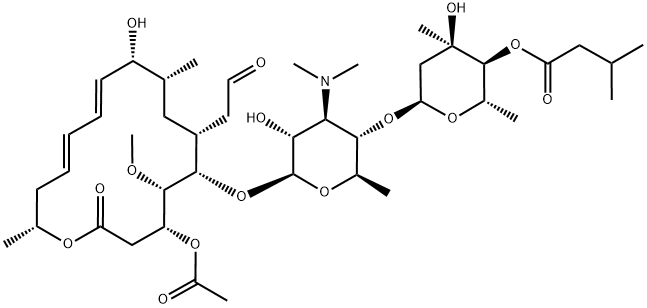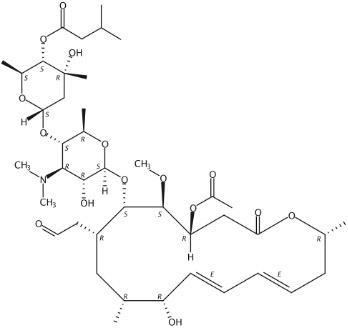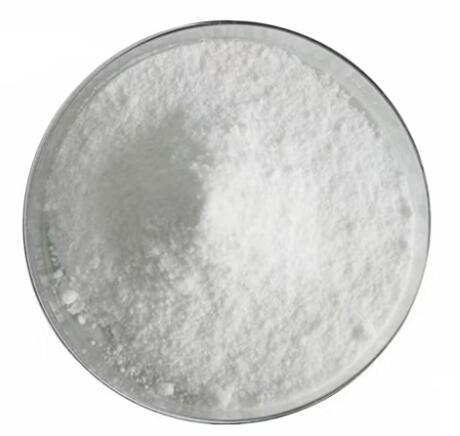Josamycin: Pharmacodynamics, Pharmacokinetics and Indications
General Description
Josamycin, a macrolide antibiotic derived from Streptomyces narbonensis, exerts its potent antimicrobial activity by inhibiting bacterial protein synthesis through reversible binding to the 50S ribosomal subunit. While primarily bacteriostatic, it can also display bactericidal effects at high concentrations. Josamycin's unique pharmacokinetic profile includes rapid absorption, distribution to various tissues, and elimination mainly through urine. This drug is indicated for mild to moderate infections caused by susceptible bacteria in multiple body regions, demonstrating high efficacy rates in clinical studies. Its broad spectrum of activity and effective tissue distribution make Josamycin a valuable treatment option for a range of infections.
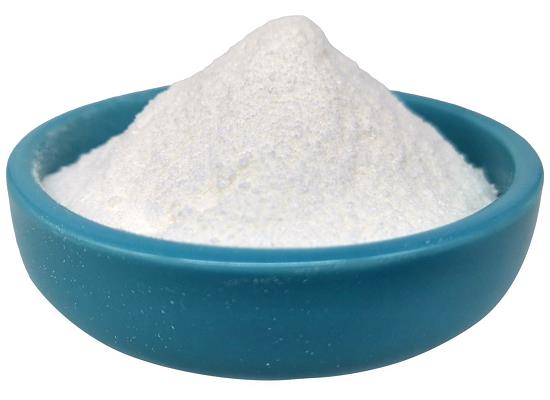
Figure 1. Josamycin
Pharmacodynamics
Josamycin is a macrolide antibiotic derived from Streptomyces narbonensis, exhibiting potent antimicrobial activity against a broad spectrum of pathogens. Its pharmacodynamics are primarily attributed to its mechanism of action, which involves inhibition of bacterial protein synthesis. At the molecular level, Josamycin exerts its effect by reversibly binding to the 50S subunit of the bacterial ribosome. This binding impedes the translocation of peptidyl tRNA during protein synthesis, thereby disrupting the normal function of the ribosome. As a result, bacterial growth and proliferation are inhibited, leading to the suppression of infection. It is important to note that the action of Josamycin is predominantly bacteriostatic, meaning it prevents the growth and reproduction of bacteria rather than directly killing them. However, in high concentrations, Josamycin can also exhibit bactericidal effects by effectively eradicating bacterial populations. Furthermore, macrolides like Josamycin have a unique property of accumulating within leukocytes, which are white blood cells responsible for combating infections. This characteristic enables the efficient transport of Josamycin to the site of infection, enhancing its therapeutic efficacy in targeting and eliminating pathogenic microorganisms. 1
Pharmacokinetics
Josamycin exhibits distinctive pharmacokinetic properties that influence its absorption, distribution, metabolism, and elimination within the body. When administered orally at a dose of 1g, Josamycin achieves a peak blood concentration of 3.22 mg/L after one hour. The drug's serum half-life is approximately 1.7 hours, indicating a relatively rapid clearance from the bloodstream. Within 12 hours post-administration, around 2.16% of the administered dose is excreted in urine. Following oral administration of 5002mg Josamycin, its concentrations in various tissues such as urine, bone, gingiva, and tonsils range from 0.43 to 13.7 mg/L (kg). After a 1g oral dose, Josamycin concentrations in the aqueous humor of the eye and the prostate are measured at 0.4 μg/ml and 4.3 μg/g, respectively. With continuous dosing, tissue concentrations of the drug increase, often exceeding the minimum inhibitory concentrations for common Gram-positive bacteria and many anaerobic organisms. These pharmacokinetic characteristics highlight Josamycin's effective distribution to diverse tissues and its potential to reach therapeutic concentrations in key infection sites, contributing to its efficacy in combating a wide range of pathogens. 2
Indications
Josamycin is a macrolide antibiotic primarily indicated for mild to moderate infections caused by susceptible bacteria in various parts of the body such as the oral and pharyngeal region, respiratory tract, lungs, sinuses, middle ear, skin, soft tissues, and biliary tract. It is effective against infections caused by Staphylococcus, Streptococcus, Pneumococcus, and anaerobic bacteria. Specifically, Josamycin is commonly used to treat conditions like pyoderma, furunculosis, postoperative wound infections, otitis media, sinusitis, tonsillitis, bronchitis, pneumonia, and periodontal abscesses. Clinical data from both domestic and international studies have shown high efficacy rates. In foreign clinical trials involving 27,090 cases of the mentioned infections, Josamycin demonstrated an efficacy rate of 92.9%. In domestic use for treating oral, ocular, aural, nasal, pharyngeal, skin and soft tissue, and respiratory infections, it exhibited a notable effectiveness rate of 88%, with a bacterial clearance rate exceeding 90%. Overall, Josamycin's broad spectrum of activity against common pathogens and its high efficacy rates in clinical studies make it a valuable option for the treatment of various infections in different anatomical sites. 3
Reference
1. Josamycin. Human Metabolome Database. 2022; HMDB ID: HMDB0015418.
2. Periti P, Mazzei T, Mini E, Novelli A. Clinical pharmacokinetic properties of the macrolide antibiotics. Effects of age and various pathophysiological states (Part I). Clin Pharmacokinet. 1989; 16(4): 193-214.
3. Josamycin. DrugBank. DrugBank Accession Number: DB01321.
Related articles And Qustion
See also
Lastest Price from Josamycin manufacturers
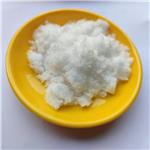
US $0.00/KG2025-04-15
- CAS:
- 16846-24-5
- Min. Order:
- 1KG
- Purity:
- 99%
- Supply Ability:
- 500000kg
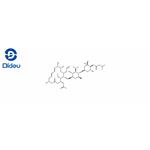
US $0.00/kg2025-04-02
- CAS:
- 16846-24-5
- Min. Order:
- 1kg
- Purity:
- 99%
- Supply Ability:
- 10000KGS
